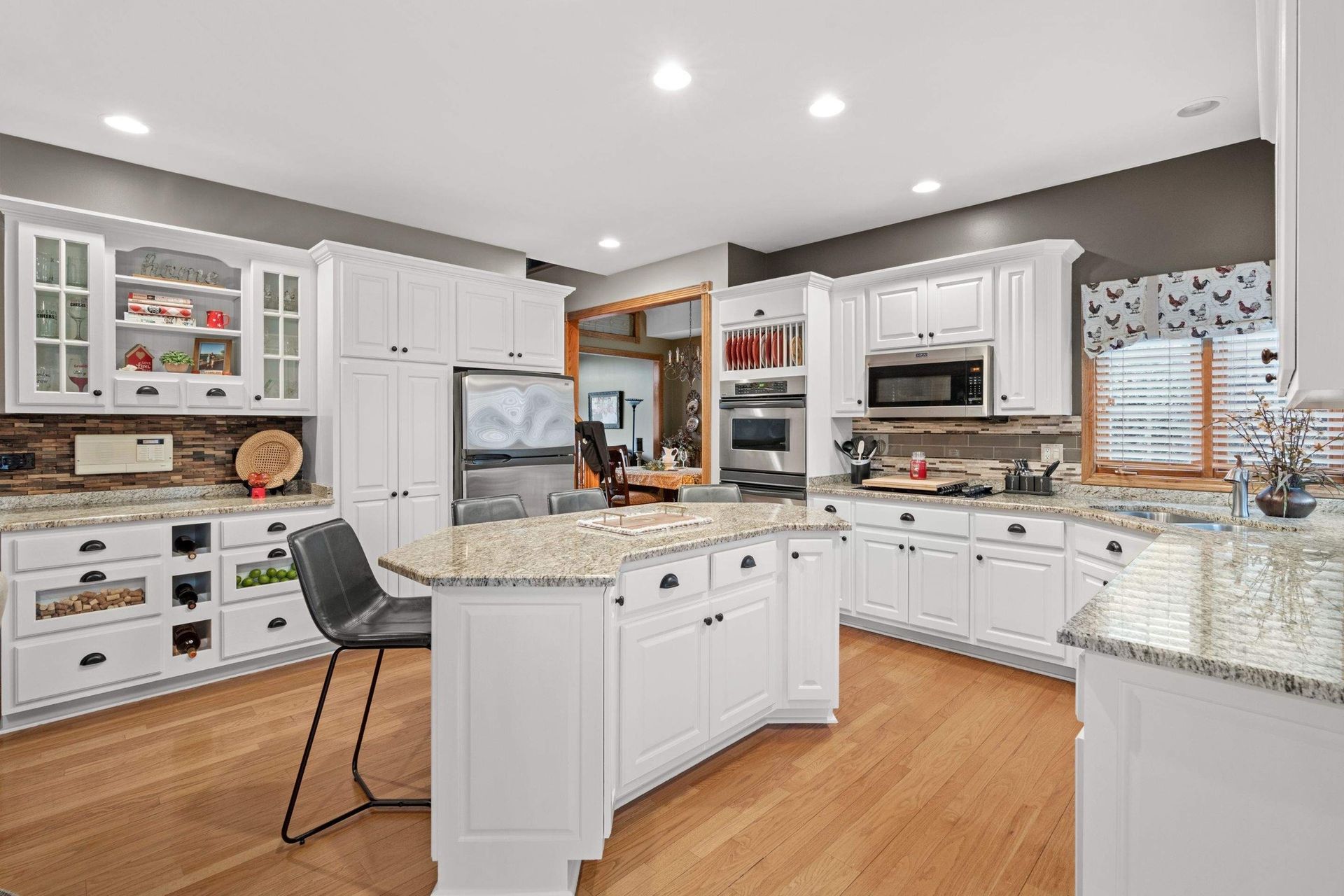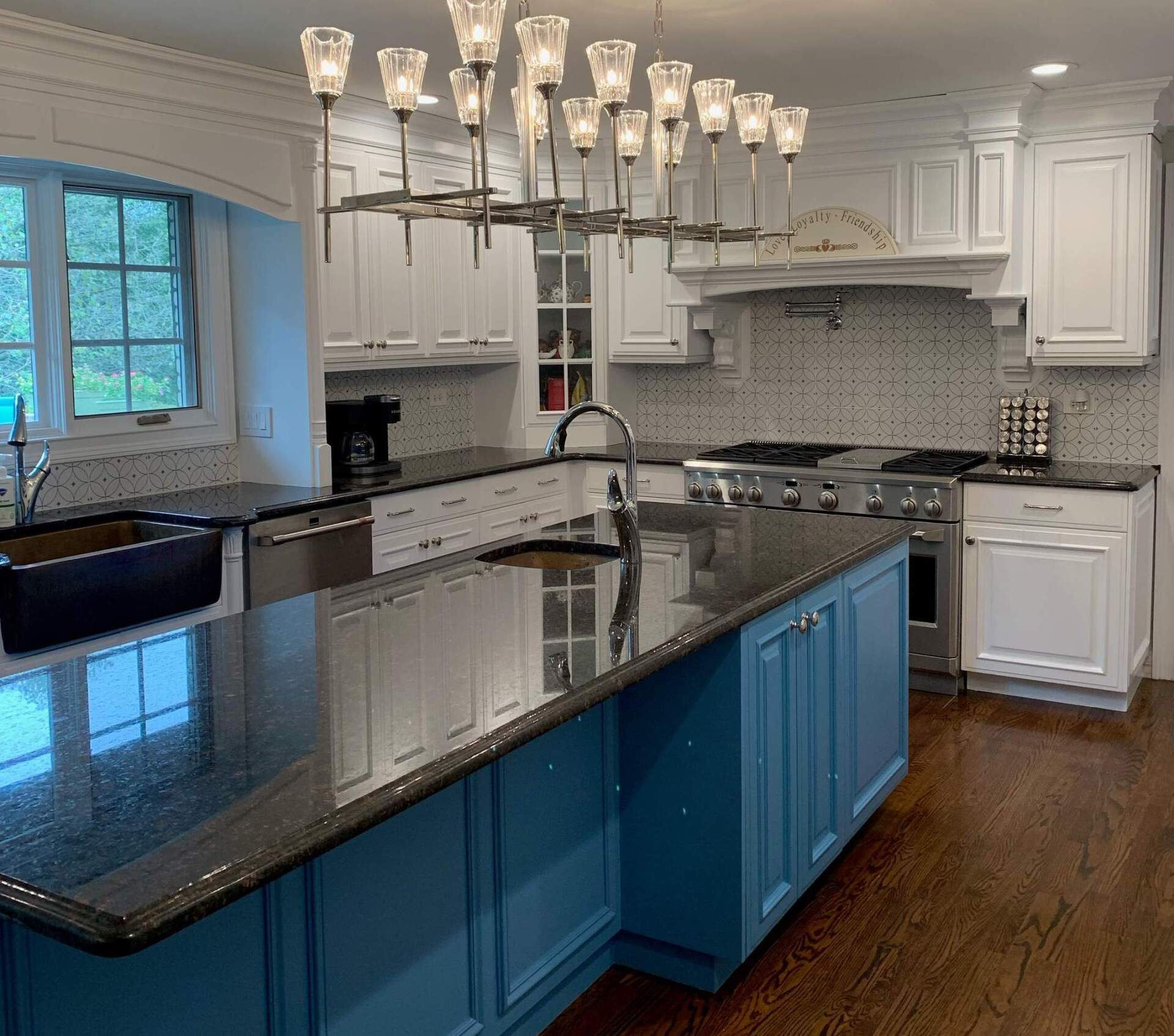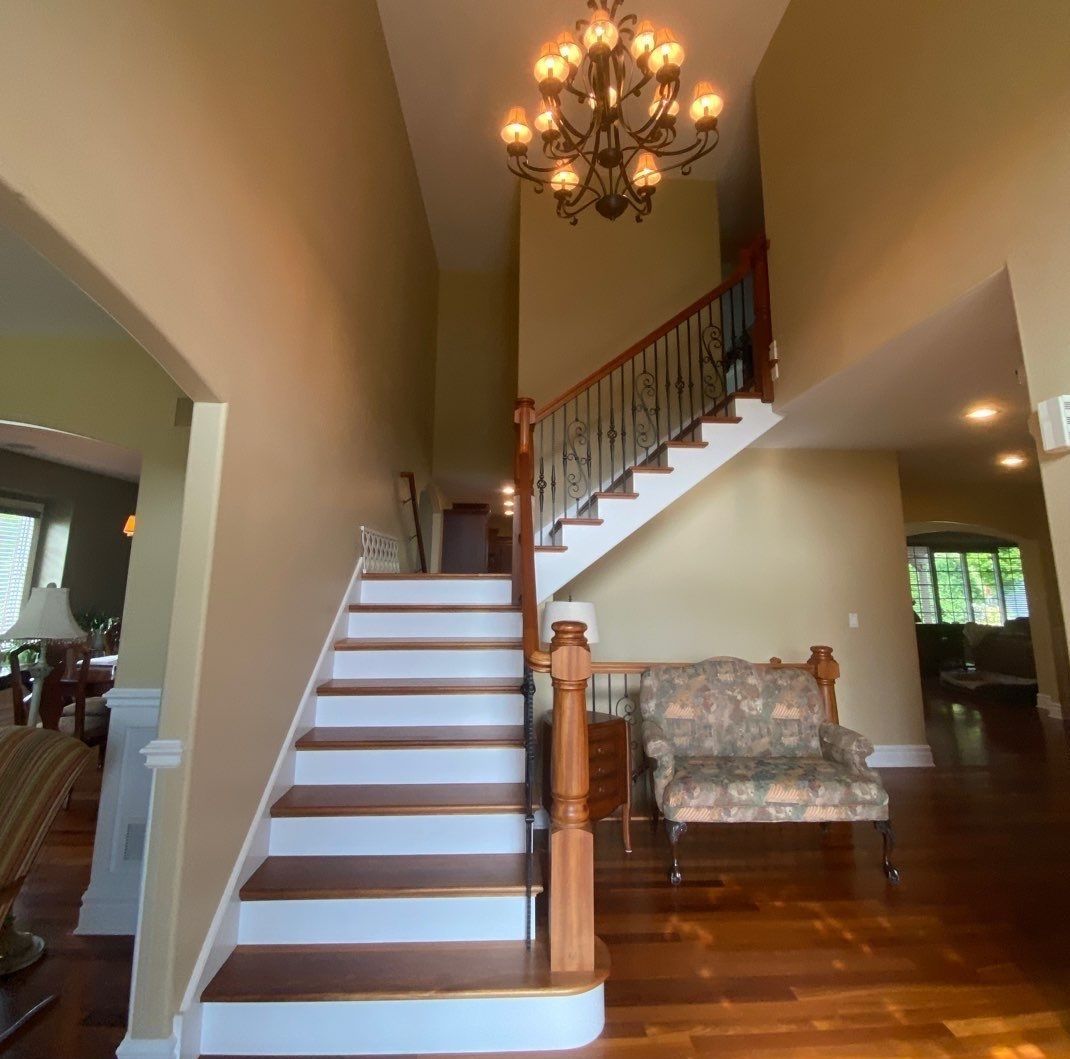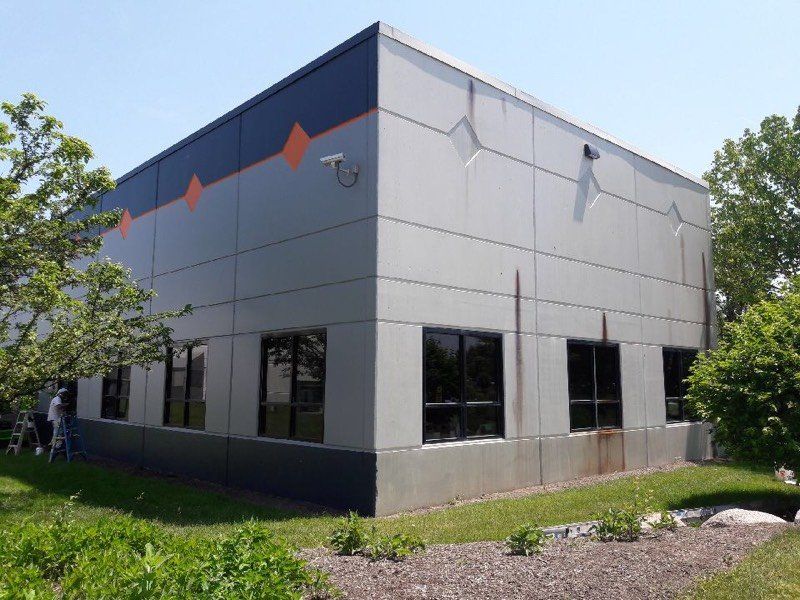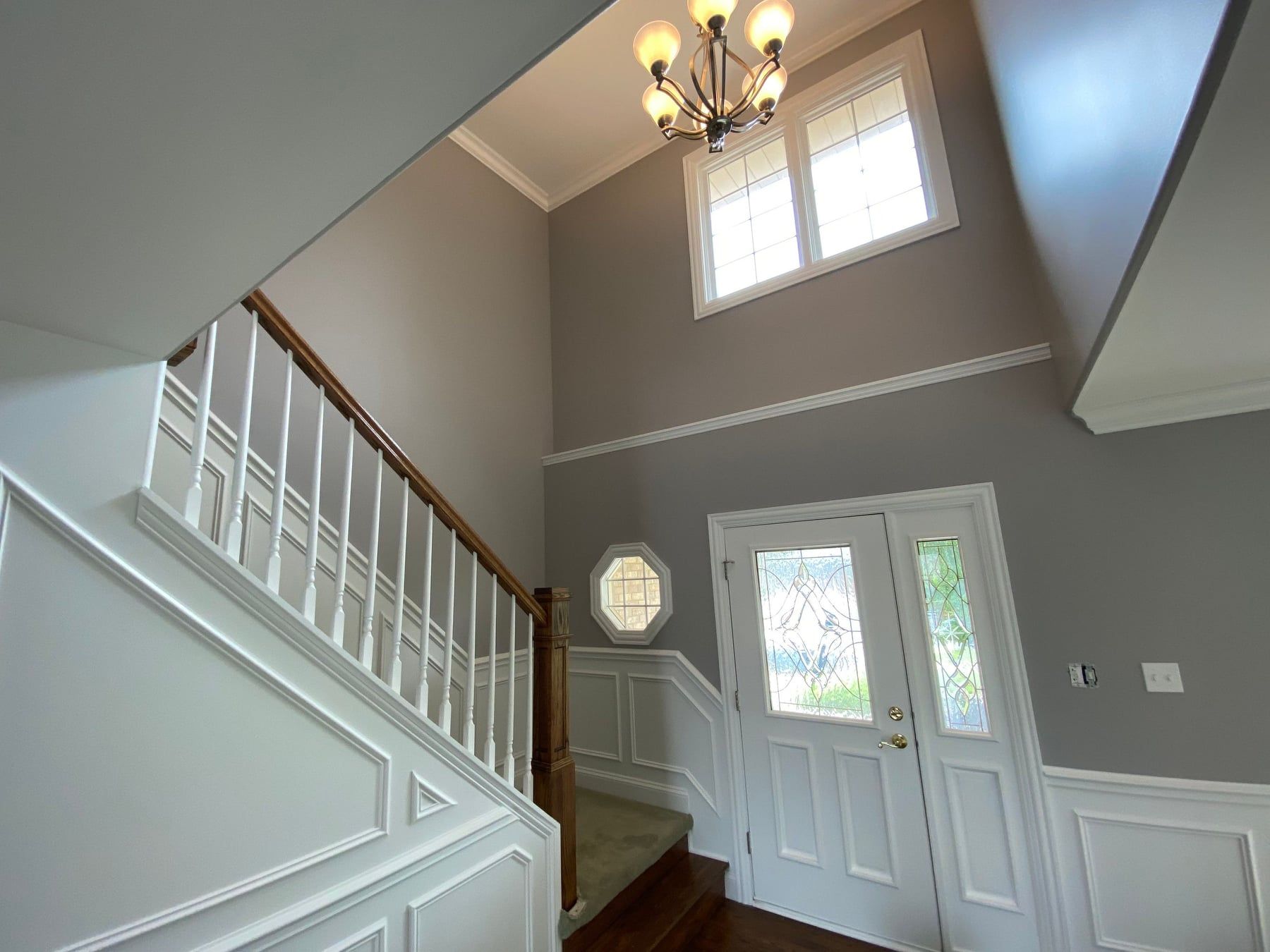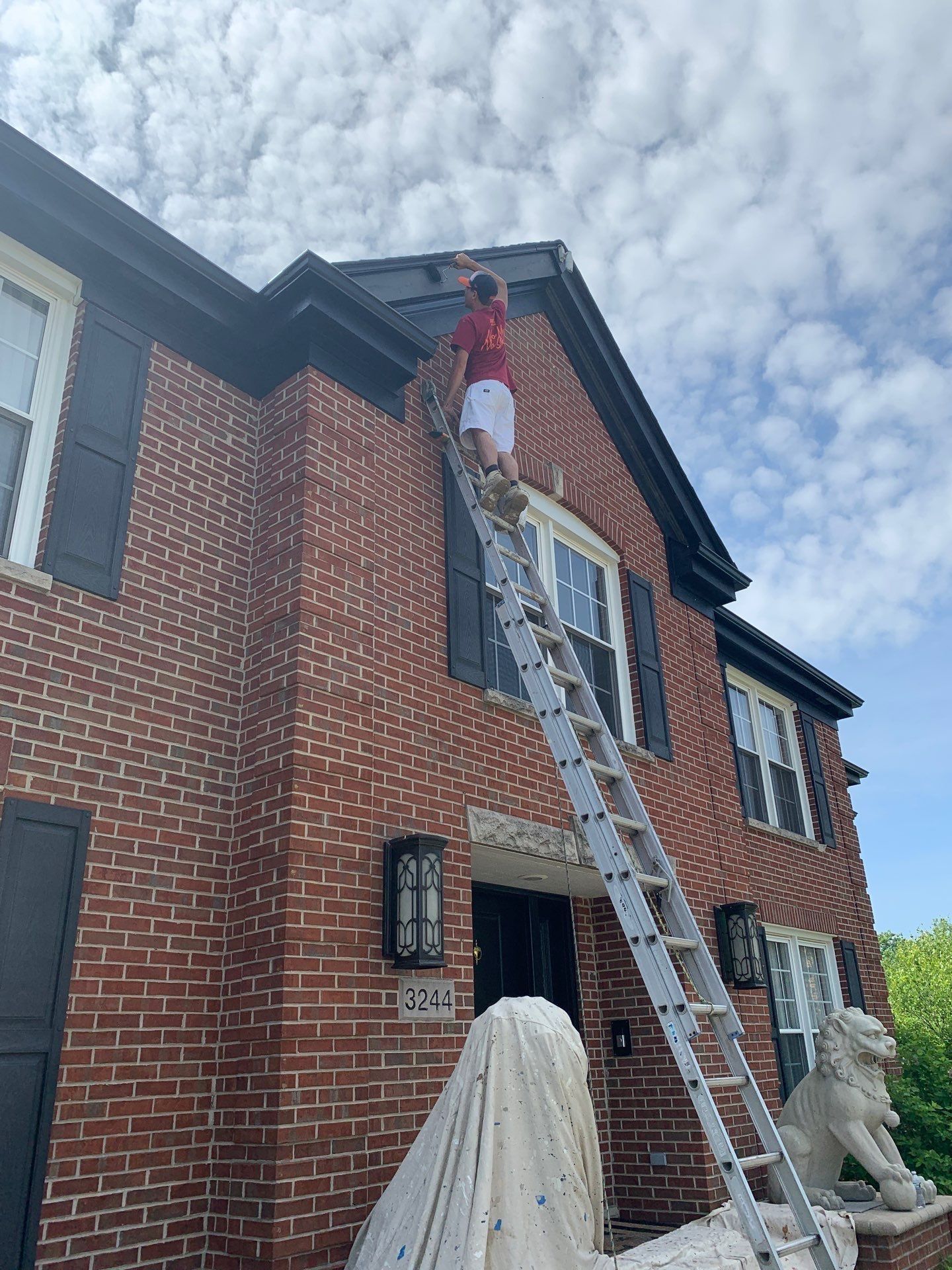Where is Your Home Most at Risk of Paint Failure?
Paint failure happens. But does it have to? Not always…
With the right maintenance and a little bit of TLC, you can keep your painted surfaces looking fresh until it’s time for another coat. Here’s the thing, though: some surfaces are more forgiving than others.
In this article, we’re going to look at which areas of your home are the most susceptible to premature paint failure. That way you know what to keep your eye on and how to ensure those areas are given special treatment.
The Exterior of Your Home
Let's talk about vulnerable spot number one: your home’s exterior, and specifically, the south side.
The south side of your home is particularly susceptible to paint failure because of its constant exposure to the sun's harsh rays. But wait, there’s more.
- Weathering: In addition to UV damage, the south side of your home also endures significant weathering from wind and rain. These elements can cause the paint to crack and peel, especially if the paint quality is not up to par, or it was not applied correctly.
- Temperature Fluctuations: The constant heating and cooling cycles can cause the paint to expand and contract, leading to cracking and blistering. This is especially true for homes in regions with significant temperature variations between seasons.

Bathroom Walls
Bathrooms are another hotspot for paint failure, mostly because of the unique environmental challenges.
- Moisture Exposure: Bathrooms are high-moisture areas due to frequent showers and baths. The constant presence of water vapor can cause paint to bubble, peel, and eventually fail if the wrong type of paint is used.
- Mold and Mildew: High humidity levels can lead to the growth of mold and mildew, which can further deteriorate the paint. These fungi not only compromise the paint's integrity but can also pose health risks.
- Chemical Exposure: Cleaning agents and personal care products used in bathrooms can also affect the paint, causing it to lose its protective qualities.
Window and Door Frames
And finally, window and door frames. These are often overlooked, but their frequent use and close proximity to the outside make them another area of potentially quicker paint failure. Let's take a closer look.
- High Traffic and Use: Door frames experience constant opening and closing, leading to regular impact and friction. This can cause the paint to chip and wear down more quickly than other areas.
- Exposure to the Elements: Window frames, especially those on the exterior, are exposed to sun, rain, and temperature fluctuations. The constant expansion and contraction due to these temperature changes can cause the paint to crack and peel.
- Moisture Accumulation: Window frames are also particularly susceptible to moisture accumulation, especially if the windows are not properly sealed. Condensation can form on the glass and drip down onto the frame, leading to moisture damage over time.
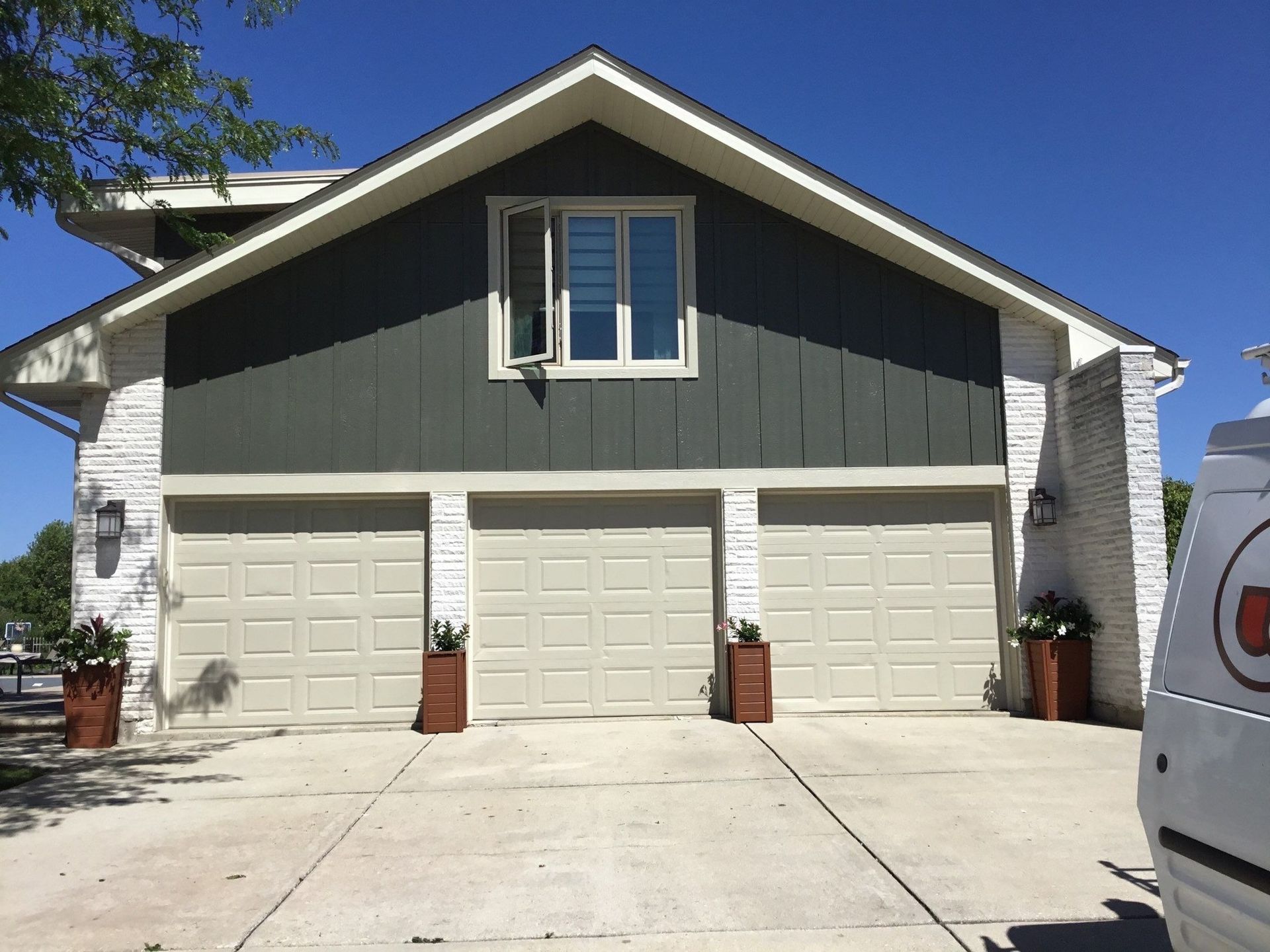
Preventative Measures
Exterior:
When it comes to exterior paint, routine maintenance is essential. Regularly inspect the south side of your home for signs of wear and tear, and address any issues promptly. Consider using high-quality exterior paint designed to withstand UV rays and harsh weather conditions. Touching up areas that show early signs of damage can prevent more extensive repairs down the line.
Interior:
For interior paint, mitigate issues in high-humidity environments like bathrooms or window frames by using high-quality, mold and mildew-resistant paint. Proper ventilation is also crucial to reduce moisture levels. Regularly inspect those areas for signs of mold or mildew, and clean them promptly to prevent further damage.
What's the Takeaway?
Knowledge is (painting) power. And so is staying proactive! Watch your surfaces, respond quickly, and enjoy the long-term benefits.
Do you have painted areas that are too far gone? That’s nothing Jondec Painting can’t handle! Give us a call and we’ll give you a no mess, no stress painting experience.
Frequently Asked Questions
Q: What type of paint is best for high-moisture areas like bathrooms?
A: Use high-quality, mold and mildew-resistant paint designed for bathrooms and other high-humidity areas. These paints contain additives that prevent fungal growth and withstand the moisture levels typical of bathrooms.
Q: Can I use the same paint for the exterior and interior of my home?
A: No, exterior and interior paints are formulated differently to withstand their respective environments. Exterior paint is designed to resist weather conditions, while interior paint is made to endure indoor elements like moisture and cleaning chemicals.
Q: How can I improve ventilation in my bathroom to protect the paint?
A: Ensure that your bathroom has a working exhaust fan, and use it during and after showers to reduce moisture levels. You can also consider adding a dehumidifier if your bathroom tends to stay humid.
Q: Is it necessary to use primer before painting these areas?
A: Yes, using a primer is essential, especially in areas prone to paint failure. A primer provides a stable base for the paint, improves adhesion, and increases the durability of the paint job.
Share
Let's Talk Paint!
